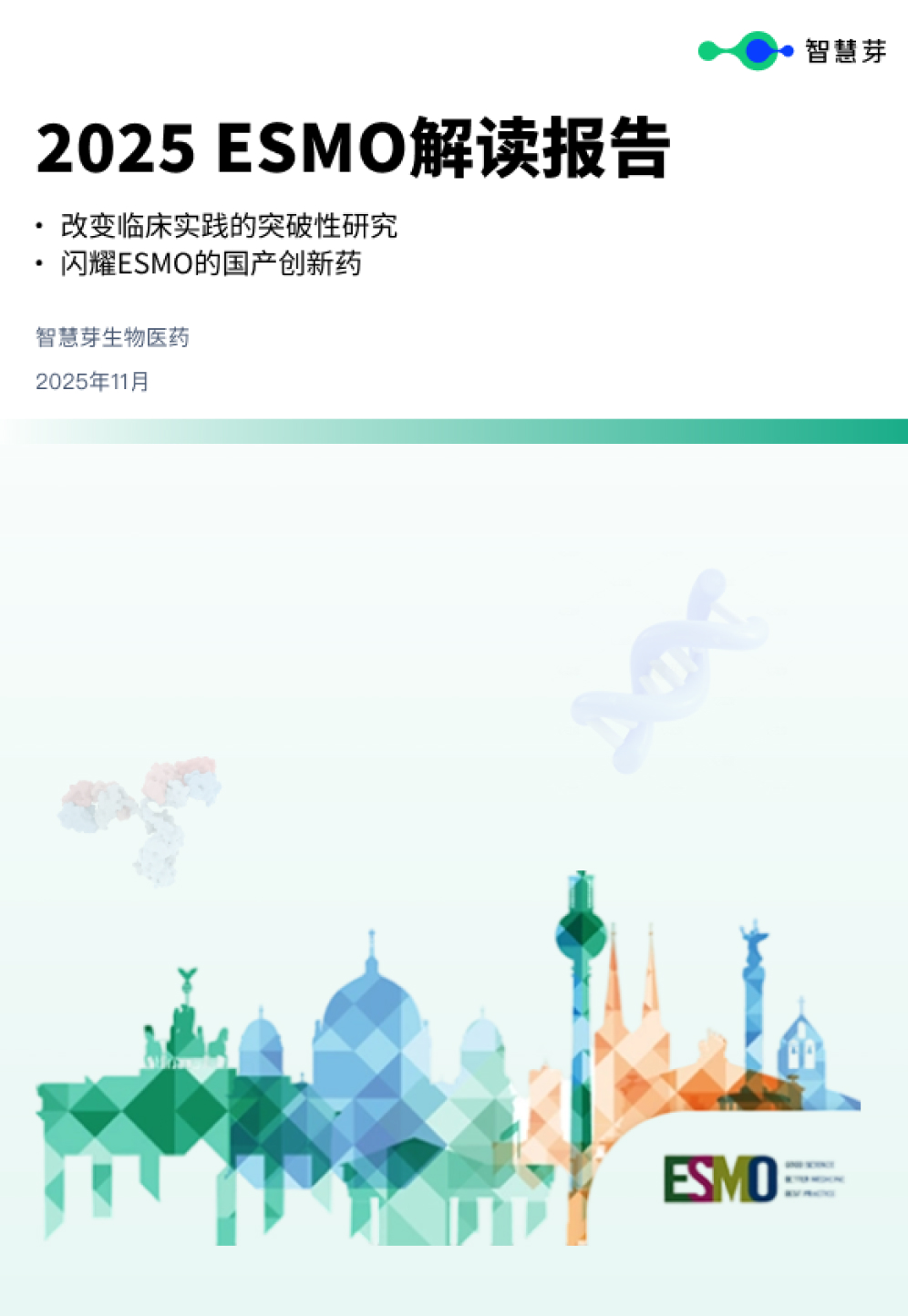预约演示
This ECG imaging vest could predict sudden cardiac death risk
2023-12-29
Researchers say they developed an electrocardiographic imaging (ECGI) vest that could help predict sudden cardiac death risk.
A team at University College London (UCL) says detailed mapping of the heart’s electrical activity was previously rare. It either required catheter insertion or single-use devices that prove costly and time-consuming. Plus, those devices could involve radiation.
This team designed a reusable, time-efficient ECGI vest — which requires just five minutes per patient — with the potential for use in standard care. Dr. Gaby Captur of the UCL Institute of Cardiovascular Science and Royal Free Hospital, London, developed the vest. Researchers published their work in a paper in the Journal of Cardiovascular Magnetic Resonance.
“We identified a problem in cardiology,” Captur said. “Heart imaging has made remarkable progress in recent decades, but the electrics of the heart have eluded us. The standard technology to monitor the heart’s electrical activity, the 12-lead electrocardiogram (ECG), has barely changed in 50 years. We believe the vest we have developed could be a quick and cost-effective screening tool and that the rich electrical information it provides could help us better identify people’s risk of life-threatening heart rhythms in the future. In addition, it can be used to assess the impact of drugs, new cardiac devices, and lifestyle interventions on heart health.”
More about the ECGI vest
UCL’s vest features 256 sensors that can combine with detailed images of heart structures taken by MRI. It generates 3D digital models of the heart and waves of electrical activity flowing through it.
The reusable vest uses dry electrodes that can be washed between uses. These offer an alternative to metallic electrodes that require a layer of gel between the electrode and skin. UCL says this marks the first use of such electrodes for ECGI.
Dr. Matthew Webber, a co-developer of the vest, says the in-depth ECGI can help correlate features of the heart with their consequences. He says the vest could show the impact the features have on the heart’s electrical system.
“It adds a missing part of the puzzle,” Webber says.
The team at UCL believes that better stratification of risk could help clinicians identify those in need of an implantable cardioverter defibrillator (ICD). ECGI-obtained biomarkers still need to be confirmed or dismissed through longitudinal studies that follow people over time, the team says.
In the latest evaluation, the team assessed the vest’s feasibility in 77 patients, finding it reliable and durable. It’s been used successfully in 800 patients to date, according to UCL.
Current uses of the vest include mapping the hearts of those with diseases like hypertrophic cardiomyopathy and dilated cardiomyopathy. The team patented its vest in the U.S. already and has ongoing work with g.tec medical engineering GmbH. g.tec made the prototype and the companies are looking at how to manufacture it more widely.
更多内容,请访问原始网站
文中所述内容并不反映新药情报库及其所属公司任何意见及观点,如有版权侵扰或错误之处,请及时联系我们,我们会在24小时内配合处理。
机构
靶点
-药物
-生物医药百科问答
全新生物医药AI Agent 覆盖科研全链路,让突破性发现快人一步
立即开始免费试用!
智慧芽新药情报库是智慧芽专为生命科学人士构建的基于AI的创新药情报平台,助您全方位提升您的研发与决策效率。
立即开始数据试用!
智慧芽新药库数据也通过智慧芽数据服务平台,以API或者数据包形式对外开放,助您更加充分利用智慧芽新药情报信息。




